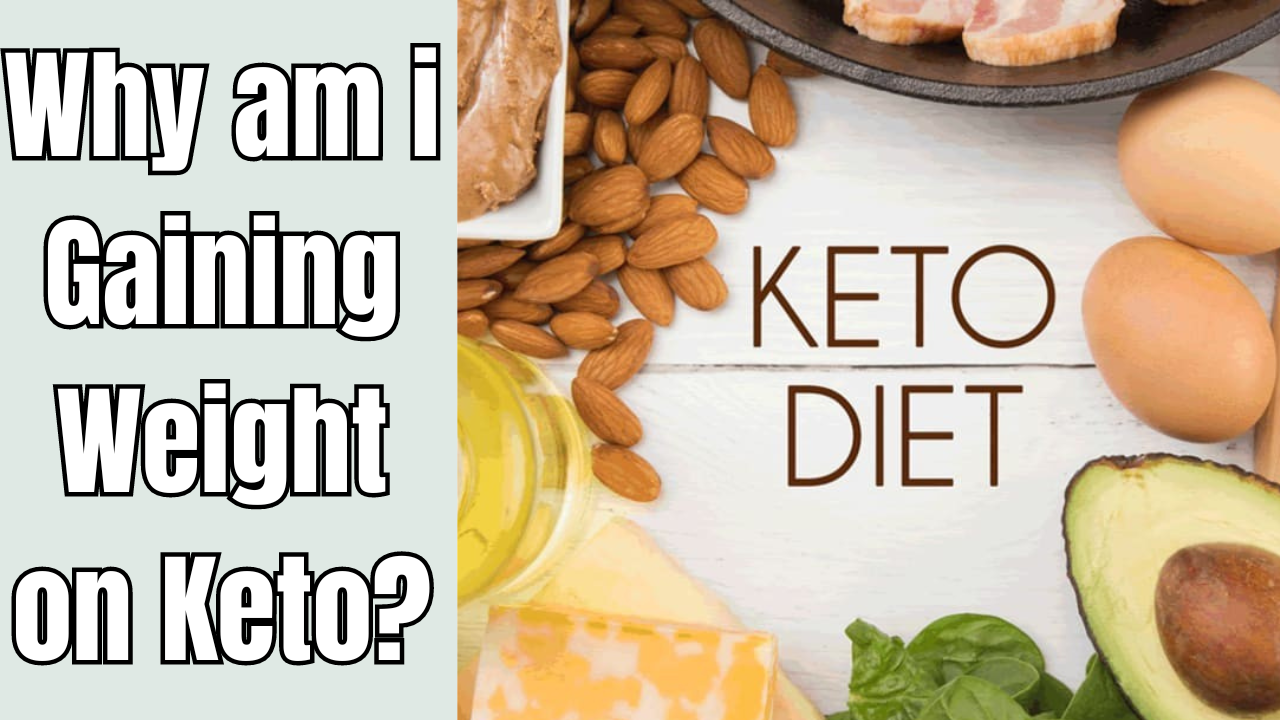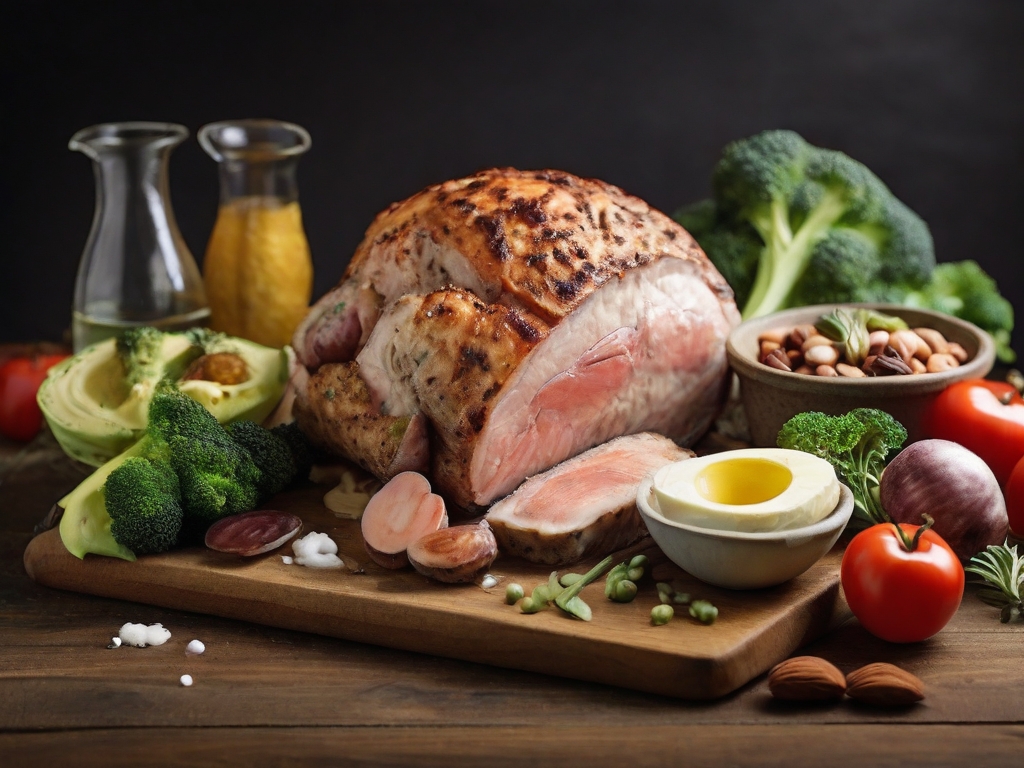Table of Contents
ToggleHigh Fiber Foods List Lose Weight
A list of foods high in fiber that help with weight loss includes a variety of nutrient-dense choices that support digestive health and fullness. Include whole grains such as brown rice, quinoa, and oats, as well as high-fiber fruits, vegetables, and legumes. These foods improve general well-being and a balanced diet, in addition to helping with weight management by encouraging a feeling of fullness. Adopting a high-fiber diet can be a tasty and successful weight-loss plan for some.
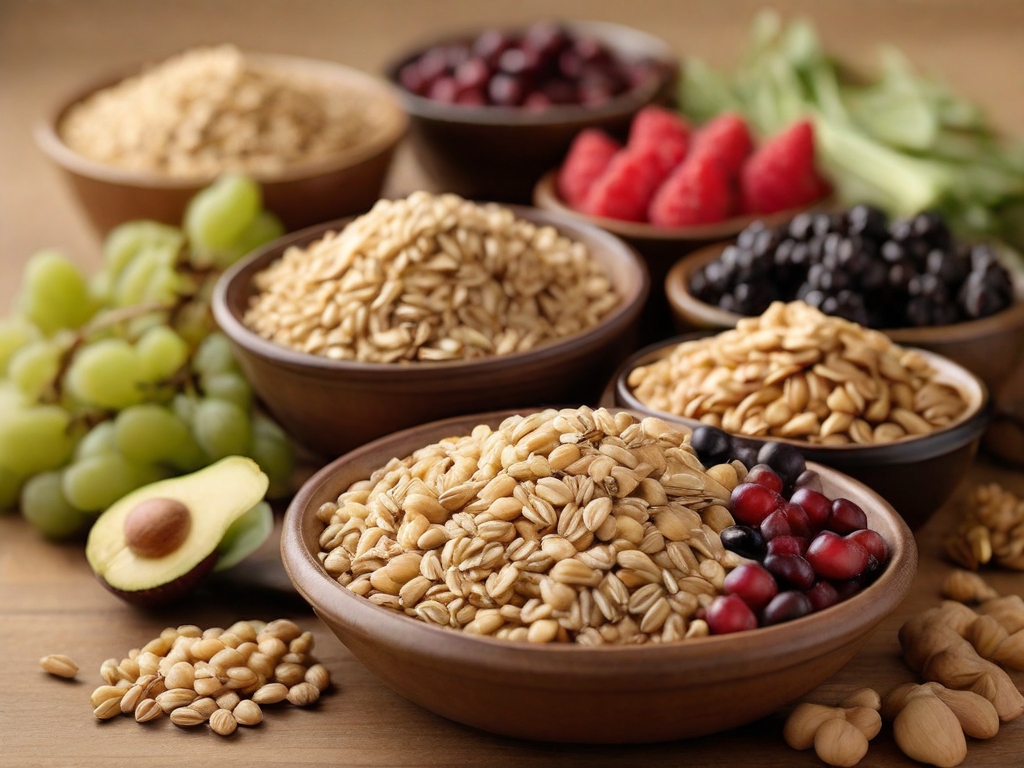
What is fiber and what types are there?
Experts Trusted Source formerly used the word “fiber” to refer to a particular class of carbohydrates that the body was unable to process. It is more difficult to characterised fiber now that scientists have discovered that several digestible compounds also share features with it.
Here are some ways scientists classify fiber:
- Dietary fiber is naturally present in plants that we eat.
- Added fiber is fiber that manufacturers add to some products to increase their health benefits.
- Soluble fibers are water soluble and therefore digestible.
- Insoluble fibers are not digestible.
Plant interiors include soluble fibers, which include things like pectin. They can assist in controlling blood sugar and cholesterol levels and are found in veggies, fruits, oats, and barley.
Benefits of High Fiber Foods
High-fiber foods provide a balanced diet and general well-being by supporting normal digestion, helping with weight management, heart health, sugar regulation, and a healthy gut bacteria. Including these foods increases feeling of fullness, facilitates weight reduction, and lowers the chance of developing chronic illnesses.
- Digestive Health: Fiber promotes regular bowel movements, prevents constipation, and supports a healthy digestive system.
- Weight Management: High-fiber foods contribute to a feeling of fullness, reducing overall calorie intake and aiding in weight loss or weight maintenance.
- Blood Sugar Control: Soluble fiber helps regulate blood sugar levels by slowing glucose absorption, which benefits individuals with diabetes or those at risk.
- Heart Health: Fiber-rich diets are associated with lower cholesterol levels, reducing the risk of heart disease and improving overall cardiovascular health.
- Colon Health: Adequate fiber intake is linked to a lower risk of colorectal cancer and helps maintain the colon’s health by promoting regular bowel movements.
- Stable Energy Levels: Fiber slows the digestion of carbohydrates, providing a steady release of energy and preventing rapid spikes and crashes in blood sugar.
- Improved Gut Microbiota: Fiber serves as a prebiotic, promoting the growth of beneficial gut bacteria, which is essential for a healthy and balanced microbiome and overall well-being.
10 of the Best High-Fiber Foods for Weight Loss
Fortunately, there are lots of low-calorie, high-fiber meals available. This is wonderful news for those of you who are watching your weight! Ten foods that are high in fiber and low in calories can be found below. Find foods high in fiber to improve satiety and digestive health and rich in nutrients, such as avocados, black beans, and chia seeds, to promote weight loss. Add quinoa, broccoli, and berries for a tasty, high-fiber plan that encourages satisfaction and well-rounded eating.
Wheat Bran
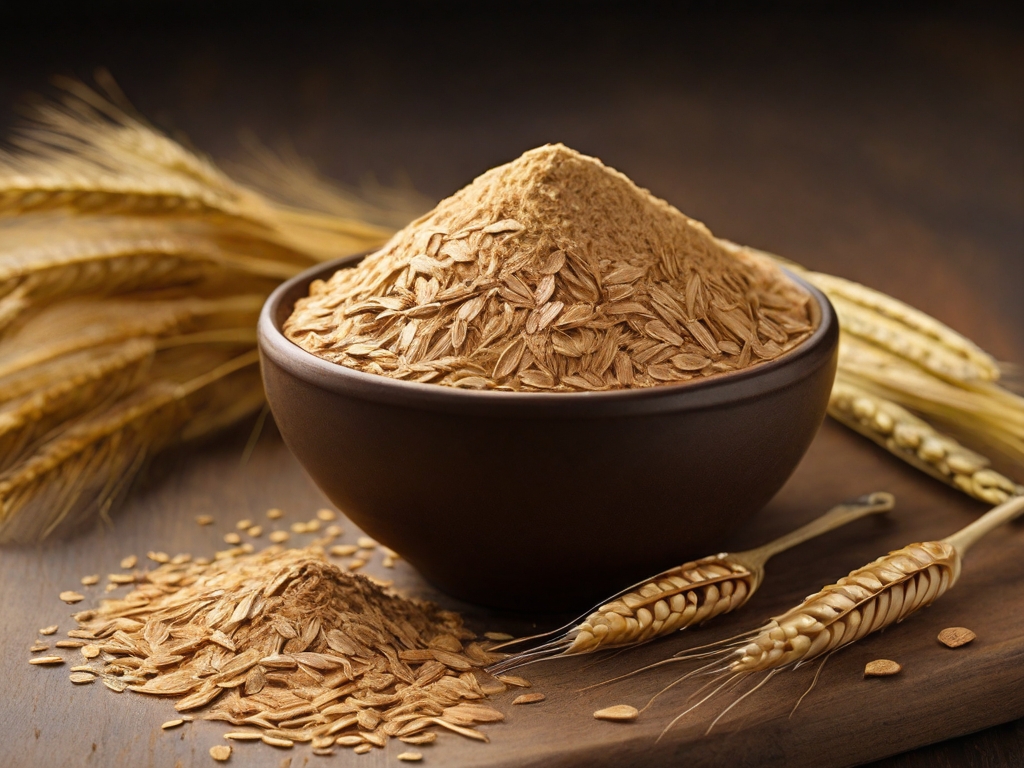
When wheat is ground into flour, the outer covering of the grain, known as wheat bran, is thrown away. After that, the bran is packaged and offered at a discount. It has a very high content of insoluble fibers, which help you stay regular by passing food through your digestive system. Wheat bran can be added to most baked items, including breads and muffins, as well as breakfast dishes like pancakes and waffles.
NOTE: When adding wheat bran to your meals, go slowly. Because of its high fiber content, it may cause stomach distress if you’re not accustomed to eating a lot of fiber.
Nutrition Info (¼ cup): 50 calories, 6 grams of fiber
Jicama
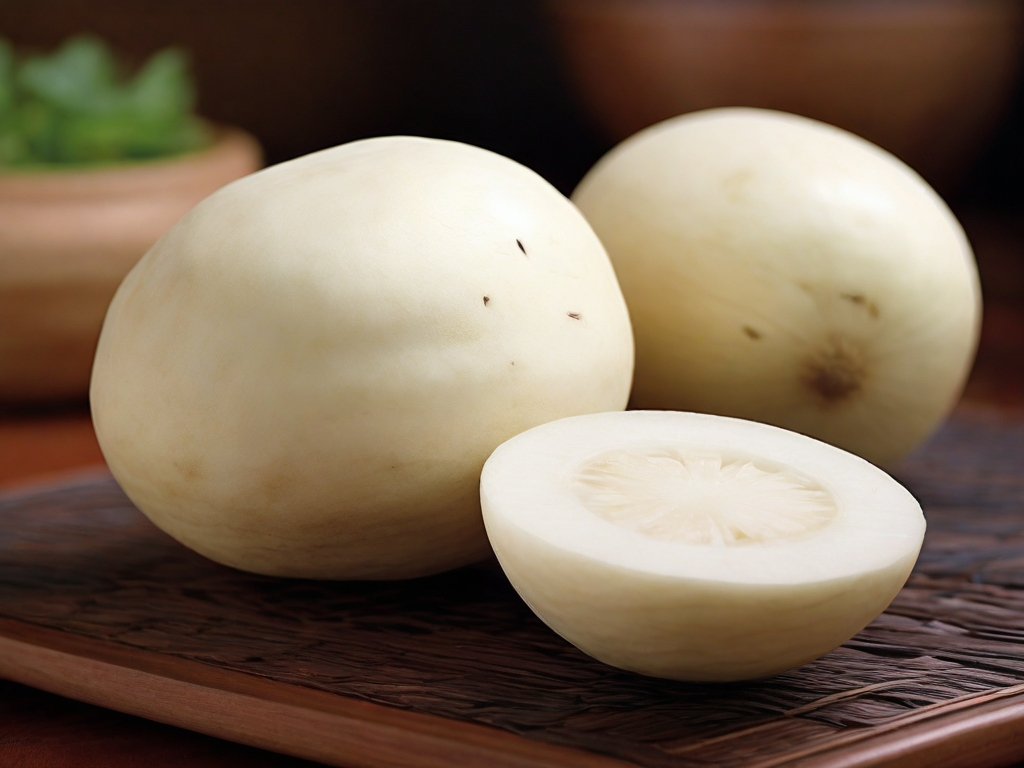
Although this root vegetable may seem scary at first, you might change your mind once you remove its thick, bark-like skin. You may eat the luscious, white jicama meat raw, and it has a unique nutty texture. Jicama can be sliced into thick match sticks and served on a vegetable dish with celery sticks, baby carrots, and cherry tomatoes. Jicama is delicious in salads, salsas, and mild stir-fries because of its little sweetness.
Nutrition Info (1 cup): 49 calories, 6.4 grams of fiber
Raspberries

Raspberries are a delicious addition to a high-fiber foods list for weight loss, offering a perfect blend of sweetness and nutrition. Packed with dietary fiber, these vibrant berries not only enhance digestive health but also contribute to satiety, making them a flavorful and weight-friendly snack or addition to meals.
Nutrition Info (1 cup): 52 calories, 6.5 grams of fiber
Black Beans

This ingredient has a somewhat low glycemic index because it is high in fiber and high in carbohydrates. Low-glycemic foods release sugar, which is energy, gradually. There won’t be a sharp rise in blood sugar after eating them. Additionally, beans are a good source of potassium, calcium, and magnesium. Put them in tacos, burritos, quesadillas, casseroles, and chilies, or just mix together the simple white and black bean salad that is provided below.
Nutrition Info (½ cup): 109 calories, 8.3 grams of fiber
Spinach
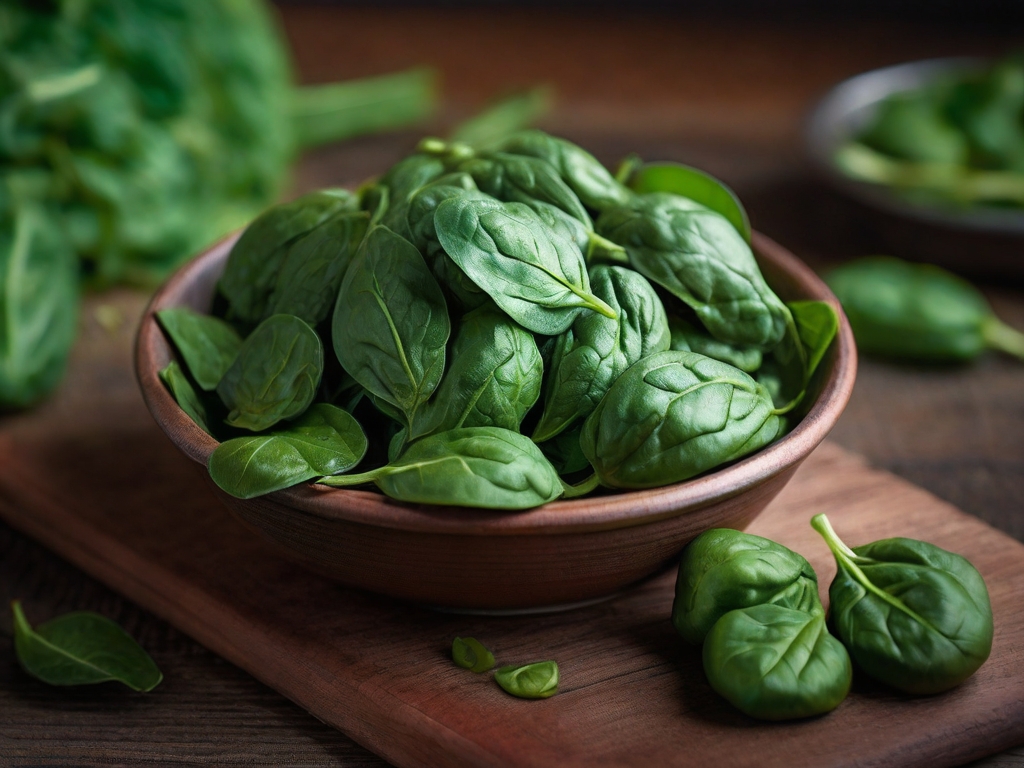
Spinach is recommended by Popeye the Sailor, so perhaps you should too! It has few calories but is packed with minerals, including iron, magnesium, folate, manganese, and vitamins A, C, and K. The simplest leafy green to locate at your neigh bourhood grocery store is spinach. It can grow in the winter months; if it’s not available fresh, it’s definitely frozen or canned. A simple, summertime fiber-boosting recipe is a spinach sauté.
Nutrition Info (1 cup): 23 calories, 2.2 grams of fiber
Broccoli
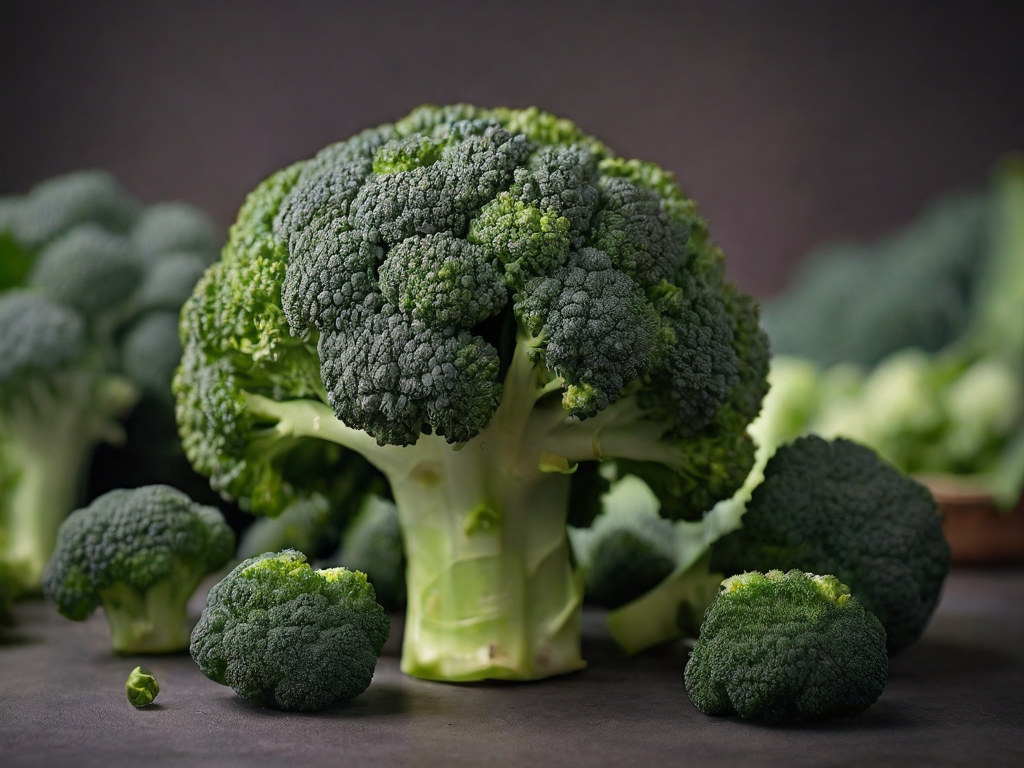
Broccoli is an inexpensive source of fiber that works well in a variety of recipes. Although broccoli is vilified as the most disliked vegetable in America, there are a lot of culinary techniques that turn it into a cherished favourites. Broccoli’s flavours is enhanced when roasted. It tastes much better when sautéed in a flavorful sauce!
Nutrition Info (1 cup): 31 calories, 2.4 grams of fiber
Carrots
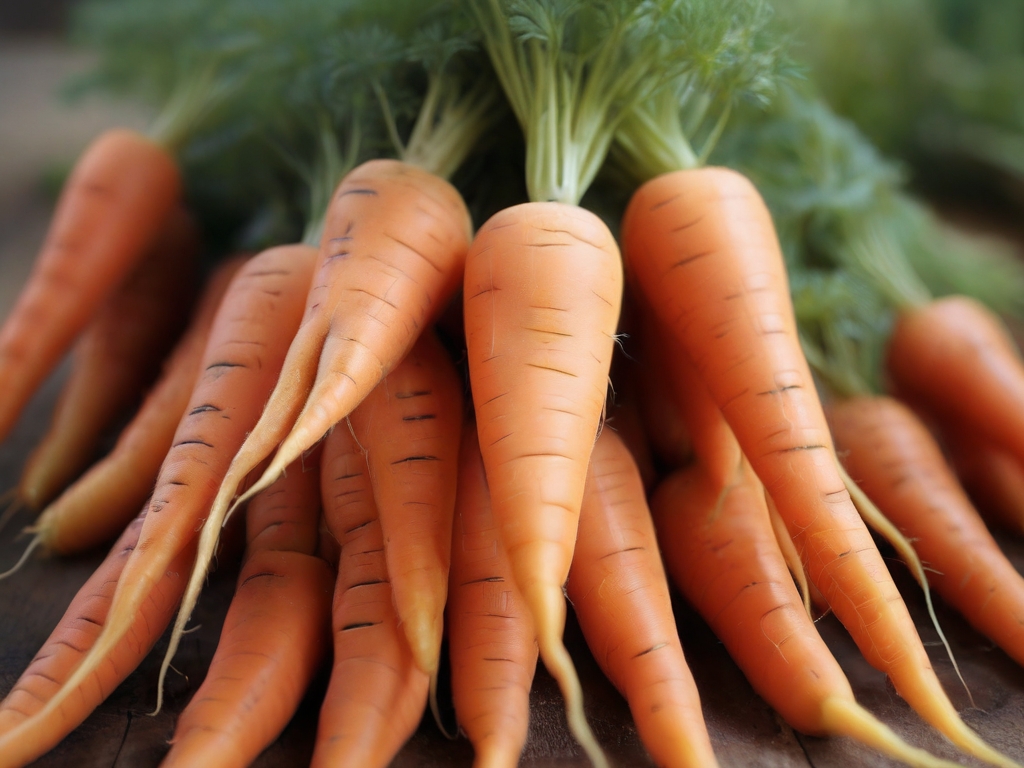
In addition to being high in fiber, carrots are a great source of beta-carotene, a type of vitamin A that is vital for overall health. A good incentive to gorge on carrots is this: Over 100% of your daily requirement for vitamin A is found in only one cup cooked raw carrots! You can make the delicious carrot salad below for a colourful side dish for supper, or you can just nibble on baby carrots dipped in hummus. Lunchtime leftovers work well as sandwich filler.
Nutrition Info (1 cup): 45 calories, 3.1 grams of fiber
Pears

Pears are a perfect fruit to add to meals since they are crisp and delicious. They are an excellent source of potassium, fiber, and vitamin C, all of which we should include more of within our daily meals. Pear fiber is composed of around 30% soluble fiber and 70% insoluble fiber. Whether or not you have excessive blood cholesterol, soluble fibers assist our bodies in eliminating excess low-density lipoprotein (LDL, or “bad”) cholesterol.
Nutrition Info (1 medium): 101 calories, 5.5 grams of fiber
Bulgur

Hearty whole grains like bulgur are used in Middle Eastern cooking. It’s likely that you’ve had it in tabbouleh, a bulgur salad with tomatoes, parsley, onion, and lemon juice. Preparing bulgur is simple; in fact, you can soak it in water rather than cook it! Simply mix one cup bulgur with one cup boiling water, then let it sit for an hour before combining it with salad. Bulgur is excellent for adding flavours to soups and stews, like the vegetarian chilli below, due to its high absorbency.
Nutrition Info (½ cup): 76 calories, 4.1 grams of fiber
Spaghetti Squash

This gourd lives up to its name: after it’s cooked, long, noodle-like strands taken from spaghetti squash may be broken off with a fork. Low-carbohydrate diet enthusiasts love this flavorful, slightly sweet vegetable that balances the acidity of a marinara sauce. In addition, spaghetti squash has a high fiber content considering its low calorie content.
Nutrition Info (1 cup): 42 calories, 2.2 grams of fiber
Faqs About High Fiber Foods List Lose Weight
Q: How do high-fiber foods aid in weight loss?
High-fiber foods contribute to weight loss by promoting a feeling of fullness, reducing overall calorie intake, and supporting a healthy digestive system.
Q: What are some examples of fiber-rich foods for weight management?
Examples include whole grains, legumes, fruits, vegetables, nuts, and seeds rich in dietary fiber.
Q: Can I lose weight by incorporating more fiber into my diet?
Yes, increasing fiber intake can aid in weight loss by promoting satiety, reducing overeating, and supporting overall digestive health.
Q: How does fiber contribute to a feeling of fullness and reduced calorie intake?
Fiber adds bulk to meals, slows down digestion, and increases the sensation of fullness, leading to reduced calorie consumption.
Q: What is the recommended daily fiber intake for weight loss?
The recommended daily intake is around 25 grams for women and 38 grams for men, but individual needs may vary based on factors like age and activity level.
Q: Are there specific high-fiber snacks that can support weight loss?
Yes, snacks like fresh fruits, vegetables with hummus, and whole-grain crackers with nut butter are excellent high-fiber options for weight management.
Q: Do high-fiber diets help control blood sugar levels and cravings?
Yes, fiber stabilizes blood sugar levels and reduces cravings by slowing the absorption of sugars and promoting steady energy release.
Q: Can I find high-fiber options in both plant-based and animal-based foods?
While plant-based foods are typically richer in fiber, animal-based options like certain fish and dairy products also contain smaller amounts of fiber.
Q: Are there any potential side effects or considerations when increasing fiber intake for weight loss?
Gradual increases in fiber intake are recommended to minimize potential side effects like bloating or gas. Staying hydrated is also essential.
Q: How quickly can I expect to see weight loss results by incorporating high-fiber foods into my diet?
Results vary, but incorporating high-fiber foods can contribute to gradual and sustainable weight loss over time, especially when combined with a balanced diet and regular exercise.





